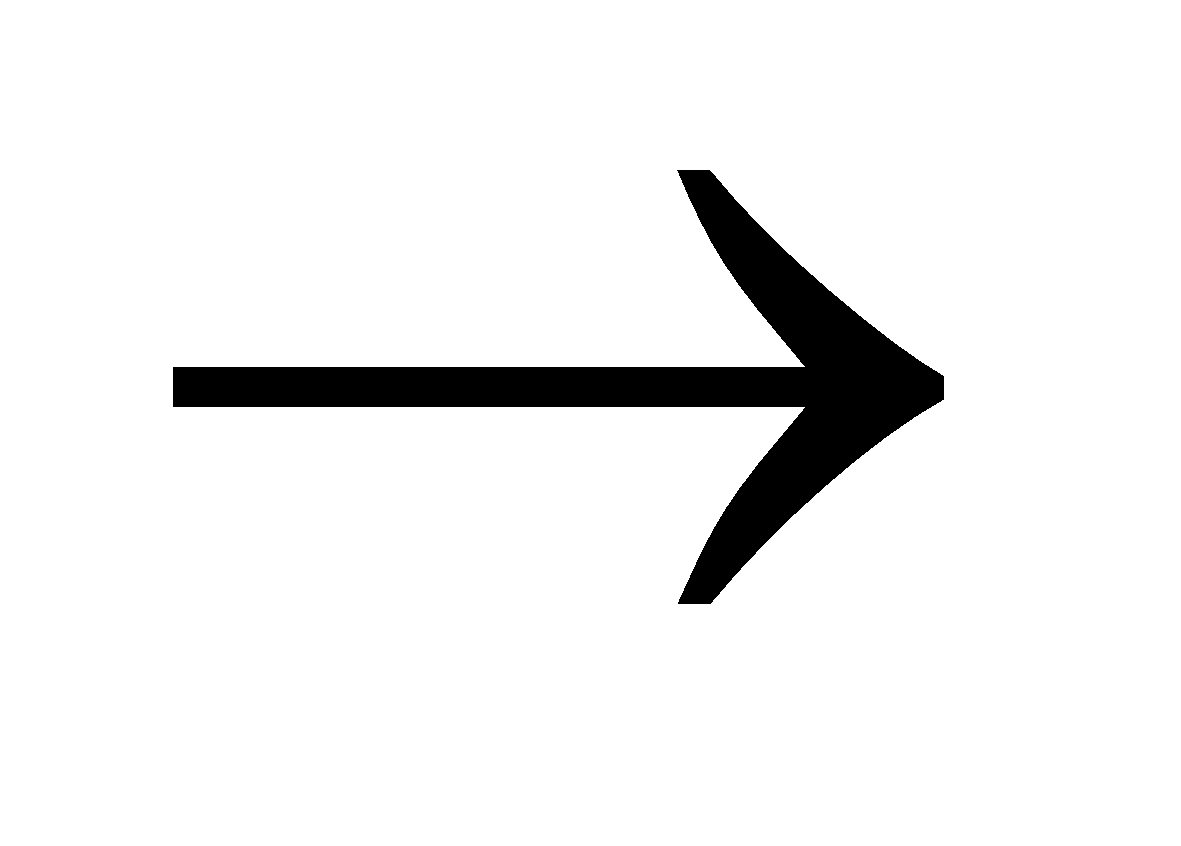TIME-3
HOUR MAX.MARKS-80
Instructions :
Q1. Who were
Nattukottai Chettiars?
OR
What was the role of gomastha under the East India Company?
OR
What was referred to as the ‘iron monster’ in London?
Q.2 Why was Vernacular
Press Act passed in the year 1878? 1
OR
Mention the main theme of
‘Oliver Twist’ written by Charles Dickens.
Q.3 Define a
Patriarchal society. 1
Q.4 Describe the
position of women in the field of central and state legislature. 1
Q.5 According to IUCN, define endemic
species. 1
Q.6 In which two states of India Himalayan Yew
is found? 1
Q.7 Give one main reason for low infant
mortality rate in Kerala. 1
Q.8 State one reason behind tertiary sector
becoming so important in India. 1
Q.9 Mention any one inconvenience in barter
system. 1
Q.10 What is the meaning of liberalization? 1
Q.11 Describe any three significance of Salt march by Gandhiji. 3x1=3
Q.12 Describe any three
impacts of the Non-cooperation movement over the towns and countryside in
India. 3
Q13 Examine any two
factors of the Economic Depression of 1929. What were its effects on USA? 2+1=3
Q.14 Read the following
extract taken from the textbook and answer the questions that follow:
In 1926, Begum Rokeya Sakhawat Hossien, a noted educationist and
literary figure.
strongly condemned men for withholding education from women in
the name of religion
as she addressed the Bengal Women’s Education Conference:
The opponents of female education say that women will become
unruly.....Fie! they call
themselves Muslims and yet go against the basic tenets of Islam
which gives women an
equal right to education. If men are not led astray once
educated, why should women?
(a) Explain how Begum
Rokeya Sakhawat Hossein asserts women’s
right to education?
(b) What was the impact of printed books on women in India in
the 19th century.?1+2=3
OR
Read the following passage and answer the questions given below
it : 2+1=3
‘Dear children, don’t read
these novels, don’t even touch them. Your life will be ruined. You will suffer
disease and ailments. Why did the good Lord make you - to wither away at a
tender age? To suffer in disease? To be despised by your brothers, relatives
and those around you? No. No. You must become mothers; you must lead happy
lives; this is the divine purpose. You, who were born to fulfill this sublime
goal, should you ruin your life by going crazy after despicable novels?’
(a) Analyse the message given by the writer to children.
(b) Name the woman
novelist of early nineteenth century who wrote against traditional role
of women as wives and mothers.
Q.15 Why
the power sharing is desirable? Describe with examples. Mention the prudential & moral cause for
power sharing. 1+2
Q.16 What is democratic
decentralization? Write any four major steps taken by the
government in 1992 for the growth of Democratic decentralization in India. 1+2=3
Q.17 Mawsynram
is the region of highest rainfall, yet it faces acute shortage of water. Why?3
Q.18 Compare India and Nepal on the basis of any
three indicators of Human Development Index for 2004.
3
Q.19 In Britain the
formation of the nation state was not the result of a sudden upheaval or
revolution. It was the result of a long-drawn-out process. Explain. 4
Q.20 What
are overlapping & cross-cutting differences? Describe with examples. 2+2=4
Q.21 Describe the types
of political parties & their formation. 2+2=4
Q.22 Why is democracy better than dictatorship? Describe
with examples how democracy is a form of government, which is accountable,
responsive & legitimate. 1+3
Q.23 Compare the diagrams showing land use pattern
of India and answer the questions that follow:
2+2
i)
Name the two categories
under which the area in use has increased. Give at least one reason for this
increase.
ii)
Name the two categories
under which the area in use has decreased. Give at least one reason for this
decrease.
Q.24 The growth rate in Agriculture is
decelerating, which is an alarming situation. Explain.
4
Q.25 How are the activities in the economy
classified on the basis of employment
conditions? Explain.
4
Q.26 What is the basic idea behind the SHGs
for the poor? Explain in your own words. 4
Q.28 Why is ‘tax’ on imports known as trade
barriers? Why did the Indian Government impose barriers to foreign trade and
foreign investments after Independence? Give three reasons.
1+3
Q.29 Six features with
serial nos. 1 to 6 are marked on the given outline political map of India
Identify these features
with the help of the following information and write their correct names on the
lines marked in the map : 1X6
1. A city associated with Jallianwalan Bagh incident.
2. Place where the session of Indian National Congress was held
in 1927
3. A
type of soil
4. A major tea producing state.
5. An iron ore mine.
6. An oil field.
OR
Locate and label the following on the given outline political
map of India.
1. A place where session of Indian National Congress was held
in September1920;
2. A place where Gandhi started satyagraha against Indigo
planters.
3. A dam built on river Chenab.
4. An
iron ore mine in Karnataka.
5. A
natural gas field in Gujarat.
6. A
thermal power plant in Tamilnadu.
 ZnSO4 (aq) + H2(g)
ZnSO4 (aq) + H2(g) 2NaCI (aq) + H2O(I) + CO2(g)
2NaCI (aq) + H2O(I) + CO2(g)Na2SO3 (s) + H2O
+ CO2 (g)